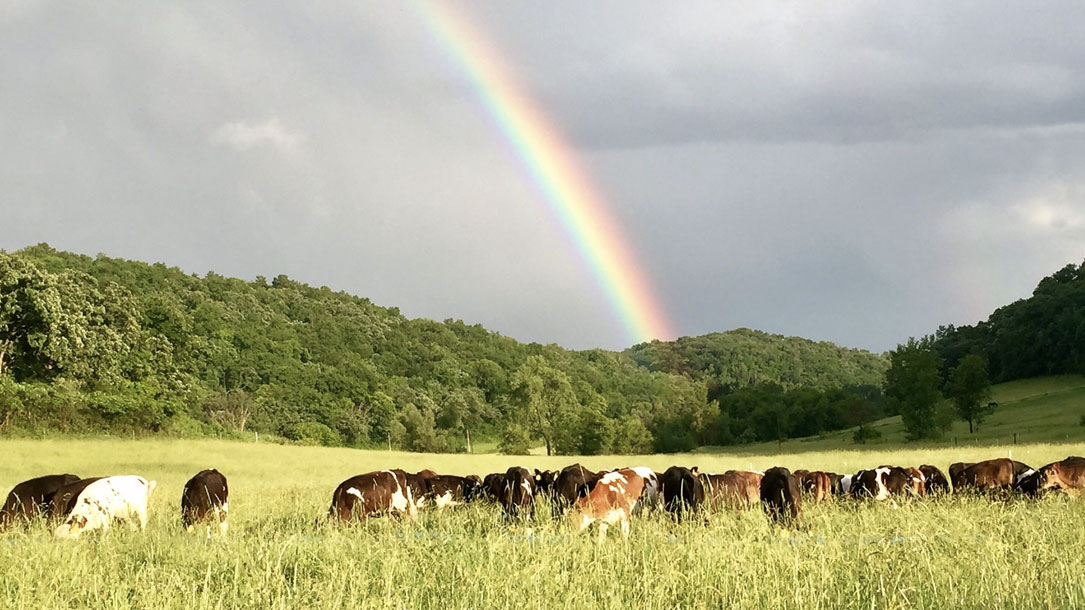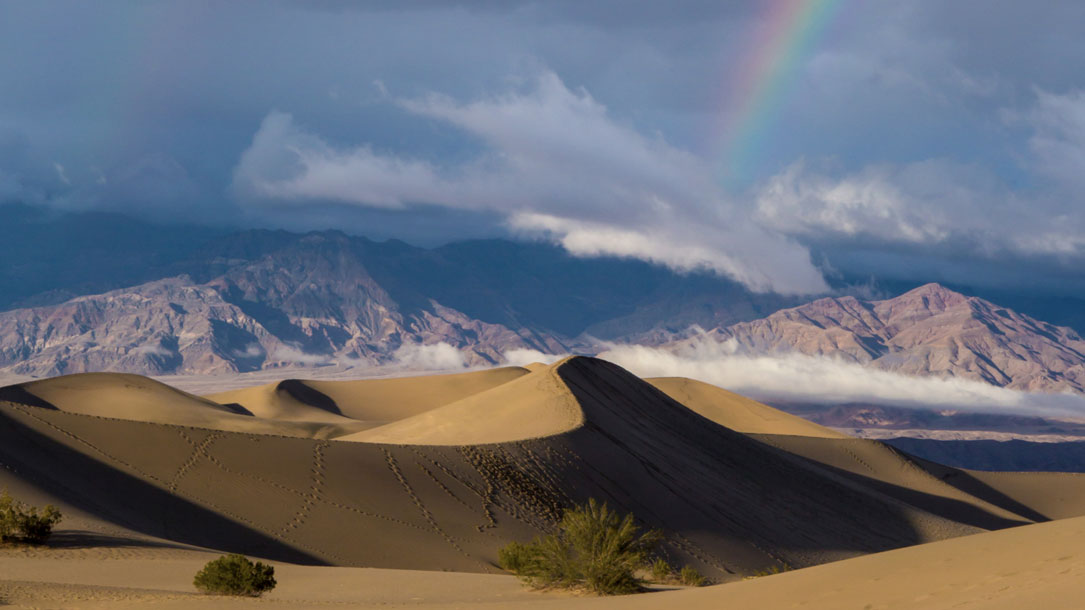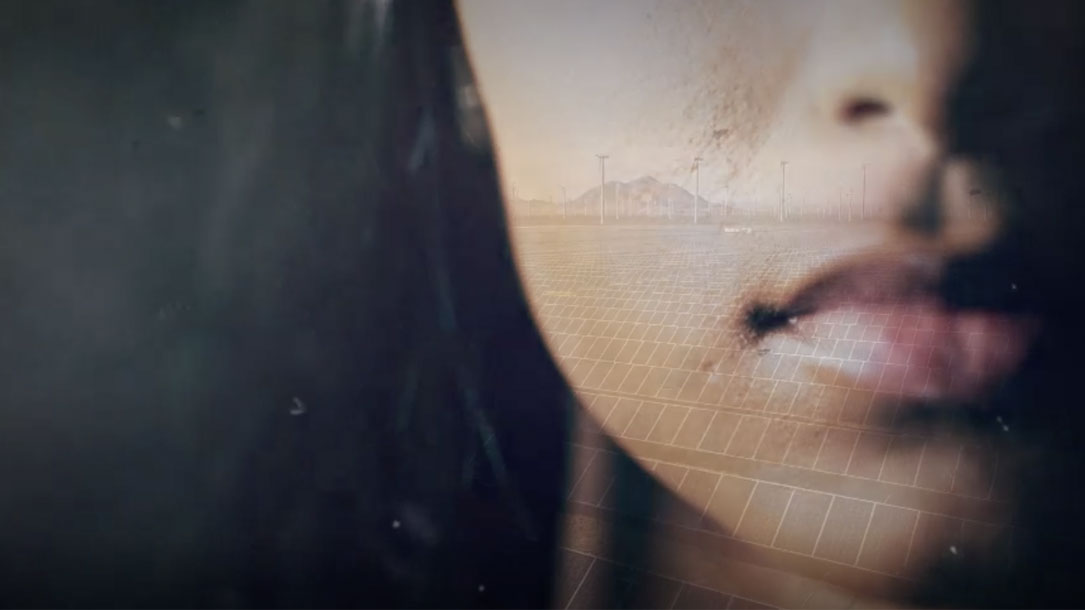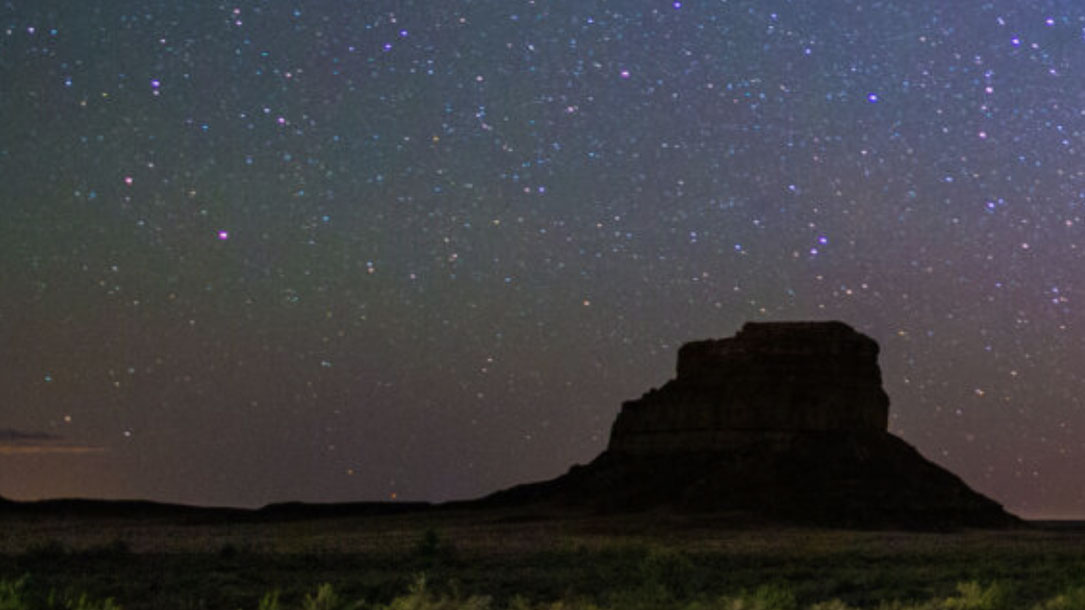Home > Climate News >

Four ways land conservation mitigates the impact of climate change
This land trust is working to conserve land using a number of different strategies. They own farmland, wildlife habitat, and hold conservation easements. They run educational programs and own a farm (offering food to the community). Their reach is wide—and they are adapting and responding to calls for greater impact and the need to slow down climate change.
Check out this blog post as an example of how you could help your community see the importance of land conservation as part of the solution…

Strategies for Mitigating Climate Change with Natural and Working Lands – A Policy Analysis and Playbook
“Wisconsin’s more than 33 million acres of forests, farms, and conservation lands cover more than 92% of our state. They play a critical role in absorbing and offsetting carbon dioxide (CO2) and other greenhouse gas emissions that are the primary cause of climate change.
Together, these “Natural and Working Lands” are a highly productive resource, contributing farm and forest products to our economy, providing recreation opportunities and a high quality of life, and quietly but effectively offsetting CO2 emissions.”

New report: “Strategies for Mitigating Climate Change with Natural and Working Lands”
Wisconsin’s more than 33 million acres of forests, farms, and conservation lands cover over 92% of the state. They play a critical role in absorbing and offsetting carbon dioxide (CO2) and other greenhouse gas emissions that are the primary cause of climate change. Together, these “Natural and Working Lands” are a highly productive resource, contributing farm and forest products to [the] economy, providing recreation opportunities and a high quality of life, and quietly but effectively offsetting CO2 emissions.
Natural and Working Lands make a significant contribution to cleaner air and reduced warming, with large benefits for soil, water, and people. By managing [the] Natural and Working Lands effectively, Wisconsin could offset an additional 16 million tons of CO2 each year—equal to 20% of our annual net greenhouse gas (GG) emissions.
See the full report “Strategies for Mitigating Climate Change with Natural and Working Lands” here.

It’s time for businesses to aim higher. Here’s one way to do it—natural climate solutions
Corporations are (rightly) first focused on reducing their emissions. That’s absolutely where they need to start, and it should be their highest climate-related priority. Thanks to pressure by activists, customers, shareholders and employees, companies are now taking action. They’re not waiting for government regulations mandating them to do so. They’re doing what they can to reduce their carbon emissions by using less energy and switching to renewables.
And when they can’t reduce further, they are now also committing to purchase large volumes of offsets to reach carbon neutrality. Some companies go even further and aim to reach net negative.
This is where NCS enters the picture…

Climate change and community impact
Climate communication 101 involves meeting people where they are, connecting with that they see, and finding ways for people to participate in the climate solution in a manner that also adds value to their lives.
Maine Audubon has done just that with its Climate Spotlight series. Audubon’s research has documented that if left unchecked climate change will cause the loss of millions of birds. They’re playing a leadership role and helping to frame the issue:
“Climate change is the biggest environmental issue facing Maine, and we’re not backing down. Maine Audubon’s new Climate Spotlight series is aimed at giving consumers and advocates the information they need to take action and understand how climate change impacts Maine. Topics in this free online discussion series include: getting involved in rooftop and community solar; natural climate solutions; transportation; and home energy efficiency.”
Check it out, and see if this is something you could create in your community.

New report suggests the speed of the energy transition is rapid
That the world is engaged in a profound transition in the way we use energy is undeniable. The era of carbon-intensive energy derived from the burning of fossil fuels is coming to an end, and a cleaner, more reliable energy future based on renewables like wind and solar will be the new normal. How long this change will take is, however, still a matter of fierce debate…

Is a big win for conservation a blow to climate action?
On July 22, Congress passed the biggest public-lands spending bill in half a century. The bipartisan bill, called the Great American Outdoors Act, puts nearly $10 billion toward repairing public-lands infrastructure, such as outdated buildings and dysfunctional water systems in national parks…

Making the change: breaking our fossil fuel habit
An iceburg melts in the Arctic; saltwater seeps into the Florida Everglades, the sun bakes a lakebed in Bolivia, trees die in the mountains of Germany, and bush fires sweep across southwest Australia. Although thousands of miles apart, these events are connected: they have all been intensified by climate change primarily caused by our burning of fossil fuels. Since ancient times, humans have burned wood, peat, and oil for heating, cooking, and light. In the U.S., as elsewhere, coal powered the industrial age until the discovery of vast amounts of underground petroleum in the mid-19th century. American industrial might was built on energy derived from fossil fuels—the decomposed remains of plants and animals found in the Earth’s crust. These fuels contain carbon and hydrogen, and it is carbon that is the problem.

The biggest land conservation legislation in a generation
“After winning final bipartisan approval in Congress last week, a bill that will pump billions of dollars into overdue repairs and maintenance of U.S. national parks is now headed to the president for his signature. It’s an unlikely success story: bipartisan support in a polarized legislature for an environmental and conservationist initiative to which the Trump administration has shown itself hostile until only recently…”

House passes major conservation bill, sending it to Trump’s desk
“The House on Wednesday approved a major public lands conservation bill, sending it to the White House, where President Trump is expected to sign it into law.
The measure passed in a 310-107 vote.
The bill, known as the Great American Outdoors Act, would provide $900 million in federal oil and gas revenues for the Land and Water Conservation Fund (LWCF), which helps secure land for trails and parks…”












